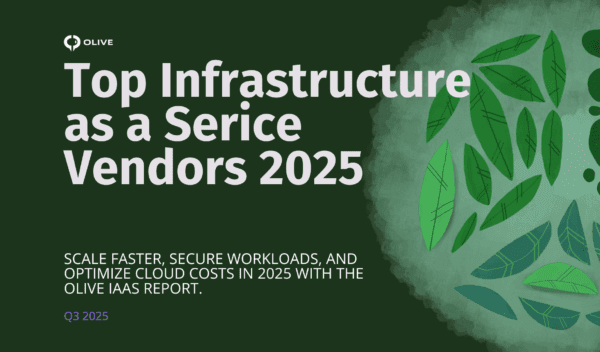How Do You Keep Stakeholders Aligned When Sourcing Software For Digital Transformation?
Digital Transformation has been the talk of the town ever since COVID-19 shone a blinding light on the lack of digital preparedness for thousands of mid-market businesses. Technology leaders have spent the last few years playing catch-up, and innovation will be top-of-mind for the foreseeable future. However, research has shown that more than half of digital transformation efforts fail. A lack of stakeholder alignment and engagement is a big reason as to why implementations don’t go according to plan. How can we effectively align our stakeholders and innovate successfully moving forward?

Digital Transformation Barriers
It’s important to understand how things have changed over the course of the pandemic. Take the time to address stakeholder concerns as they return to the office, or perhaps settle into a more permanent work-from-home reality. The success of your ongoing digital transformation efforts relies heavily on your stakeholders choosing to believe in your brand, and your leadership team. Your empathy should extend beyond the office walls, and into your community. Being socially conscious, and charitable (in an authentic way), will help to align your team.
1. Cultivate an environment where stakeholders can easily share their opinions
Relying on spreadsheets, long email threads, and multiple meetings is no longer effective. These tired manual processes will almost certainly result in long evaluations and low stakeholder engagement. We are all inundated with so much information and content every day. We can’t possibly digest it all. This was a big reason why Olive was built. We wanted to provide a centralized HUB for stakeholders to collaborate easily and effectively, thus removing the need for yesterday’s manual processes. Creating space for your stakeholders to collaborate with their peers on what the business needs are, and align on requirements.
How to Bring Agile Collaboration to Your Digital Transformation
2. Ensure that your stakeholders know that they have a seat at the table
Be open and honest, and invite interested parties into the conversation. Innovation can easily turn into a painful game full of inertia, bias, and internal politics. This will have catastrophic consequences on your transformation efforts. Ensure that you’re discussing how the technology being evaluated will benefit each stakeholder individually. If your team feels like the technology won’t affect them positively (or at all), their engagement levels will reflect that lack of enthusiasm.
Showing empathy for your employees and your community, cultivating positivity, giving stakeholders a voice, and integrating collaboration tools are just a few ways to effectively align your stakeholders moving forward. Your business is almost certainly going to be in a constant cycle of innovation. Ensure that your money and efforts aren’t going to waste, by leading the digital charge in a progressive and thoughtful manner.
Establish clear goals and expectations.
Clearly define the goals and expectations of the digital transformation initiative. Communicate these objectives to stakeholders and ensure they understand the desired outcomes. By aligning everyone around a common vision, you can foster a sense of purpose and direction. Additionally, set realistic timelines and milestones to track progress and keep stakeholders motivated. Regularly revisit and adjust goals as needed based on feedback and changing business needs.
In conclusion, effective stakeholder alignment is crucial for the success of agile digital transformation initiatives. By cultivating an environment of open communication, ensuring stakeholders feel valued and empowered, and establishing clear goals and expectations, organizations can overcome barriers and drive innovation successfully. Remember, digital transformation is not just about adopting new technologies; it’s about fostering a culture of collaboration, innovation, and continuous improvement. By embracing these principles, businesses can navigate the challenges of the digital age and emerge stronger and more resilient in the face of change.





